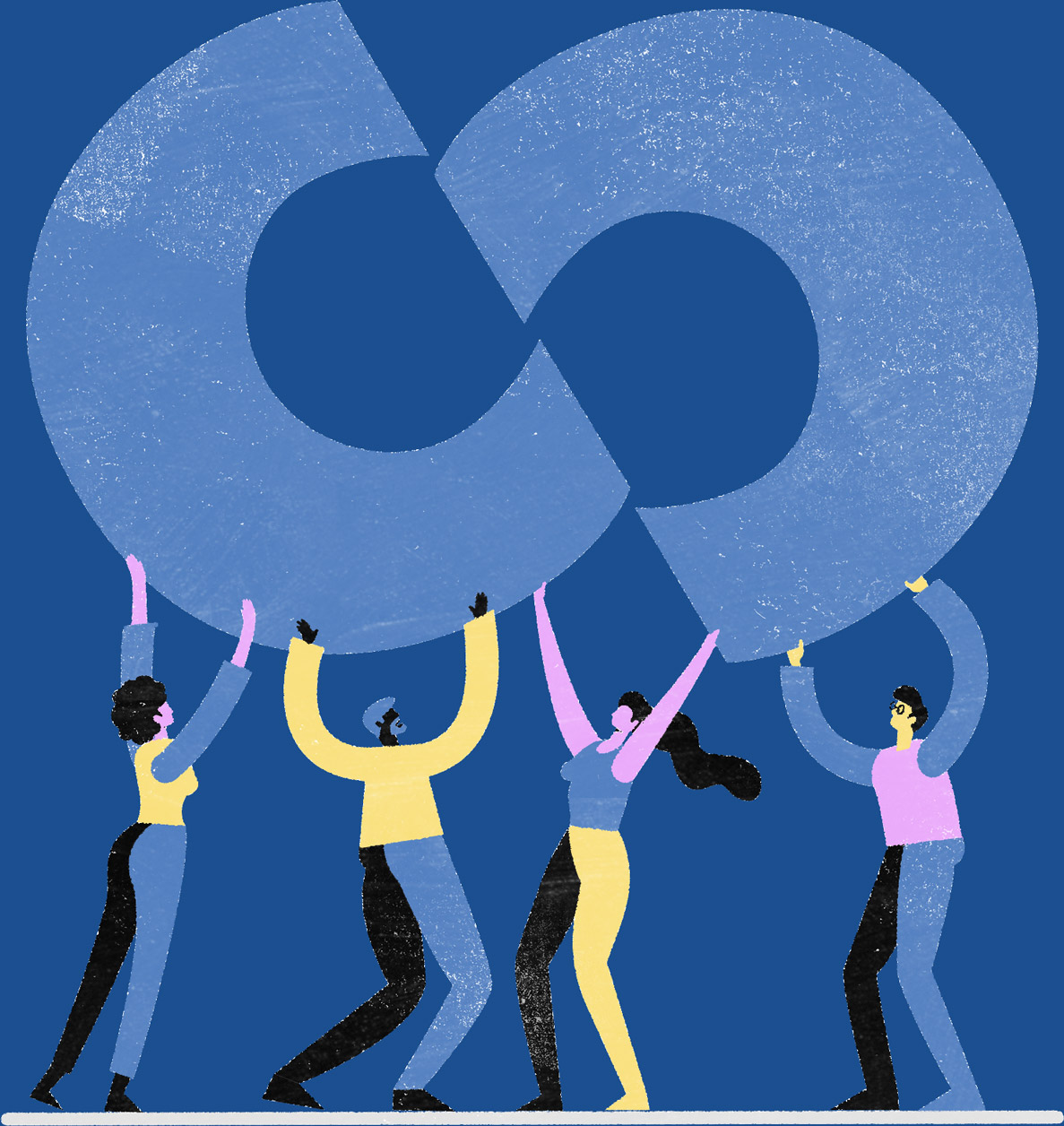Core Impact


The Core in the Age of Coronavirus
The Core was born a century ago in the aftermath of World War I — a time when Americans sought meaning and connection in the wake of bloody conflict that cast doubt on the values that had previously been the foundation of American life.
Through the newly required curriculum, Columbia College students explored classical literature and philosophy and were asked to consider the ways that they might contribute to forming a new society.
In the midst of a very different kind of crisis today, we look again to the humanities for both questions and answers, to ground our understanding of a changing world. The philosophers of CC challenge us to evaluate the roles of self and society and remind us that the search for a good life continues amidst hardship. The stories of Lit Hum capture the most human of emotions and offer an escape into different worlds while we feel trapped in isolation. The masterpieces of Art and Music Hum tap into our emotions and senses to offer comfort, beauty, and connection - both to our interior self and to others from whom we are isolated. In our new reality, the Core reveals again its timeless lessons and opportunities for quiet reflection. The Core has meant many things to many generations of College students, but its meaning is renewed today – the humanities encapsulate the complexities, emotions, ideas, and stories that make up our human experience.
What kind of mental calculus would we engage in when faced with a shortage of medical equipment?
Academics and armchair philosophers alike now find themselves wrestling with the texts that make up the CC syllabus, examining the foundation of morals and justice. “The epidemic,” writes Bloomberg columnist John Authers, “forces everyone to confront deep questions of human existence, questions so profound that they have previously been answered, in many different ways, by the greatest philosophers.” Should we approach justice from behind a veil, like Rawls, and make decisions for all based on what we would want for ourselves? What kind of mental calculus would we engage in when faced with a shortage of medical equipment? Is it ethical to follow Mill and seek “the greatest good for the greatest number?” Or do we follow Locke and the Founding Fathers and call the entire conversation moot, because “liberty” means that each person decides these things alone?
Or, perhaps, as Joe Humphreys writes in the Irish Times, we must all be Kantians now, judging “the good” by rules that apply equally to all, no matter the circumstances. The pandemic, he argues, has “given a jump-start to moral consciences,” making long-tolerated structural inequalities hard to ignore. Are gig workers truly privileged to have “flexible” working conditions, or are these contingent essential workers existing in a precarious shadow economy we wouldn’t wish on ourselves? Kant asks us to step away from our self-interest and imagine a world created by the moral imperative: one set of rules for all. When the dust settles, and we stop celebrating supermarket workers as heroes, can we reimagine a world free from the delusion that our moral relativism is based in virtue?
Arendt warns about the potentially dire political ramifications of extended periods of isolation and loneliness. Without human connections and the in-person exchange of ideas, will we create fertile ground for the flowering of totalitarianism?
Masha Gessen, author of a recent New Yorker article, is similarly concerned with rebuilding a broken society, but one that suffers from disconnection rather than amorality. How can Hannah Arednt’s post-War reflections help us to understand the ways that quarantine isolation might change us and our relationships? Arendt warns about the potentially dire political ramifications of extended periods of isolation and loneliness. Without human connections and the in-person exchange of ideas, will we create fertile ground for the flowering of totalitarianism? Gessen warily finds reason for hope in a brighter alternative.
The arts are a key ingredient in this hopeful vision for the future; a way for people to maintain their connections to beauty and to other humans, even while alone. And the Core has plenty to offer us in this sense: just as the philosophers of CC offer direction for a better tomorrow, the art and music of the Core can inspire us to live beautiful lives in the current dark moment. But the shift to an entirely virtual world, even just temporarily, has changed so much about the way that we experience the arts: Music Hum students are discussing Mozart’s arias over video chats instead of at the Met; the great museums and galleries have closed their doors; concerts and plays have been indefinitely postponed. But with reduced physical access comes different perspectives: in an attempt to stay connected to art, to beauty, and to each other, cultural institutions have offered unprecedented new virtual tools to experience the art and music of the Core online. Reawaken your Art Hum memories with a visit to the Sistine Chapel to see Michaelangelo's “Creation of Adam” and “Last Judgement,” or immerse yourself in Monet's Water Lilies canvases. Join accomplished opera singers to discover new details about The Marriage of Figaro in the Aria Code podcast. Or simply sit back and imagine the countryside as the Toronto Symphony Orchestra joins together from their homes to play Copland's Appalachian Spring. We hope that it brings a little bit of beauty and joy to your day.

Please log in to comment.